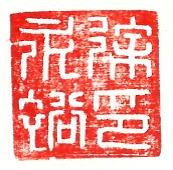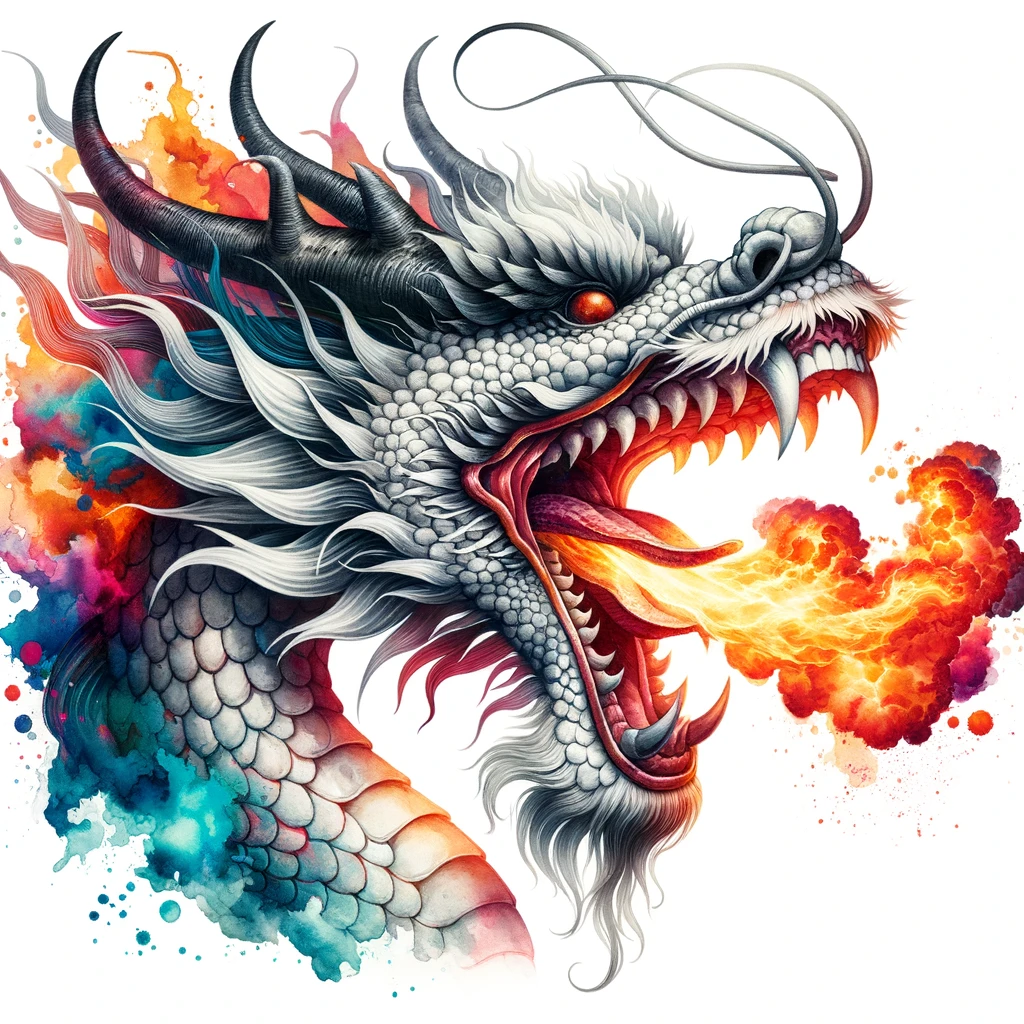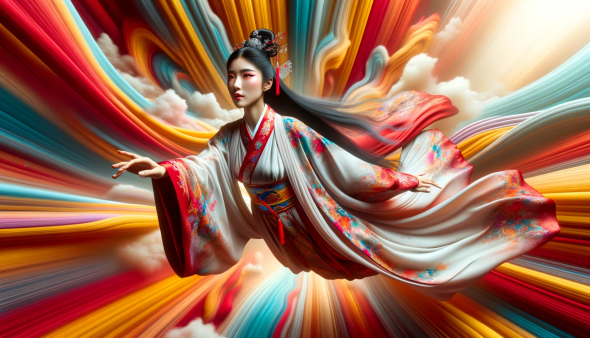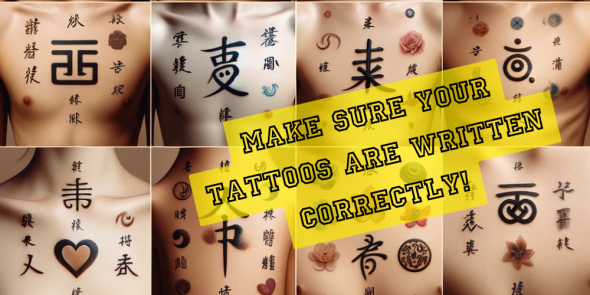Dragons, koi fish and other traditional symbols carry unique cultural connotations. Tattoos using these images are popular and continue to be in vogue due to their rich symbolism.
If you're considering a symbol as your next tattoo, consider the following article as a guide to understanding the complexities and rewards that are awaiting you.
Throughout this article we employ Chinese idioms - Chengyu - to highlight our messaging. And to provide an overview into the Chinese culture.
Through Classics, Achieve Your Wishes
Tattoos in China, as a form of expression, have roots stretching back to the China's earliest dynasty, the Shang (c. 1600 BC–c. 1045 BC).
The idiom 知己知彼 (zhī jǐ zhī bǐ) -- Know oneself, know others -- states that understanding the symbolism behind each tattoo is crucial. This not only enriches its meaning but also ensures it resonates with your personal narrative.
The Importance of Research

Because ink is permanent, many recommend one takes deep thought and careful consideration before applying one to your body.
Deciphering the symbolism behind a tattoo is like embarking on a journey through Chinese history. Extensive research adds layers of depth to your tattoo and ensures it aligns with your beliefs.
Symbolism: The Core of Chinese Tattoos
At the heart of Chinese tattoos lies symbolism, an art form that dates back to the Qin Dynasty (221 BC–206 BC). Rich in cultural significance, these designs range from mythical creatures to natural elements, each narrating a unique story.
Dragons: Emblems of Power

Dragons, a symbol originating from the Han Dynasty, signify power, wisdom, and good fortune. These mythical creatures are revered in Chinese folklore, often representing imperial power.
Phoenix: Transformation and Renewal

Representing transformation and renewal, the Phoenix is often paired with dragons to signify marital harmony. Originating from the Zhou Dynasty, it symbolizes eternal life and new beginnings.
Koi Fish: Resilience and Determination

Koi fish, popularized during the Tang Dynasty, symbolize resilience and the aspiration for success. These tattoos are a testament to overcoming challenges, reminiscent of the koi fish swimming upstream in Chinese folklore.
Bamboo: Humility and Flexibility

Bamboo tattoos symbolize humility and flexibility, virtues held high since the time of Confucius. The plant’s resilience, which allows it to bend but not break, encapsulates these traits.
Tigers: Courage and Willpower

Tigers, revered since the Ming Dynasty, represent courage, divine power and willpower. These majestic creatures are often depicted in ancient Chinese literature as protectors of the realm.
Peonies: Prosperity and Honor

Peonies, first cultivated during the Sui Dynasty, symbolize prosperity and honor. They are a floral representation of the Chinese ideal of ‘Fu Gui’, meaning wealth and rank.
Elements: Balancing Energies

The concept of the five elements, rooted in Daoist philosophy, is often depicted in tattoos to symbolize the balance of life energies, extending back to the theories of Yin and Yang from the Zhou Dynasty.
Calligraphy: Words with Meaning
We all know someone sharp tongued. In Chinese, words have always meant something because they are both art and meaning.
Calligraphy in tattoos is a practice that dates back to the golden age of Chinese poetry during the Tang Dynasty (618 - 705). The characters often incorporate philosophical or poetic ideas, adding another layer of meaning.
The Fusion of Modern and Traditional

舊州同塵 - jiù zhōu tóng chén -- old province same dust is not a traditional saying but it does convey one thing: it carries a sense of nostalgia about the passing of time, where once significant places have now faded into obscurity or have been reclaimed by nature.
Today’s tattoo artists blend traditional symbols, some dating back to the Warring States period, with modern techniques. This fusion creates tattoos that are rich in history while being contemporary in style.
Cultural Sensitivity: An Essential Factor

The symbolism in Chinese tattoos carries immense cultural weight. Consulting knowledgeable individuals ensures your designs are respectful, thereby honoring the ancient civilizations from which these symbols originated. (Word Count: 34)
The Role of Color
Colors in tattoos hold distinct symbolic meanings too. They are a practice that can be traced back to the use of colors in traditional Chinese art. Red symbolizes joy, while black can denote mystery or change.
Yin and Yang: The Balance of Life

The concept of Yin and Yang, deeply rooted in Daoist and Confucian philosophies, represents the harmonious balance of life energies. Incorporating this symbol can signify a balanced approach to life.
The Yin and Yang symbol represents balance and duality. Incorporating this into your tattoo can signify your understanding of the interconnectedness of opposites and the harmonious balance of energies.
The Zodiac: A Personal Stamp

Chinese zodiac symbols offer a personalized touch to your tattoo. These tattoos can signify characteristics or traits that are important to you, depending on your birth year. Originating from early Han Dynasty astrology, these symbols serve as a reminder of your roots and intrinsic traits.
Geometric Patterns: A Modern Twist
Geometric patterns, while not traditional, can add a contemporary flair to your tattoo. They offer an avenue for personal style while paying homage to the foundational aspects of Chinese symbolism.
The Influence of Taoism and Buddhism
Religious and philosophical symbols from Taoism and Buddhism often find their way into Chinese tattoos. Since the time of the Six Dynasties, these encapsulate a range of concepts from tranquility to enlightenment.
The Significance of Placement
The placement of your tattoo can also carry symbolic weight. For example, a dragon tattoo on the arm might signify strength, while the same design on the back could represent protection.
Aftercare: Preserving the Symbolism
Proper aftercare ensures the tattoo remains vibrant, preserving its rich symbolism. This is akin to the preservation efforts of ancient Chinese scrolls, ensuring their stories are told for generations.
Making It Your Own
Personalizing your tattoo allows for a unique blend of traditional symbolism and individual meaning. Your tattoo artist can incorporate elements that reflect your personality, making the tattoo uniquely yours.
Final Thoughts
In conclusion, a Chinese tattoo is more than skin deep; it's a living narrative that can be as intricate as the tapestries of Chinese history. Your tattoo becomes a part of you, as meaningful as it is beautiful.
Further information:
Volume 1: Chinese tattoo handbook
Volume 2: Chinese tattoo handbook - focus on honor and service
Volume 3: Chinese tattoo handbook - focus on passion and beauty
Our blog





